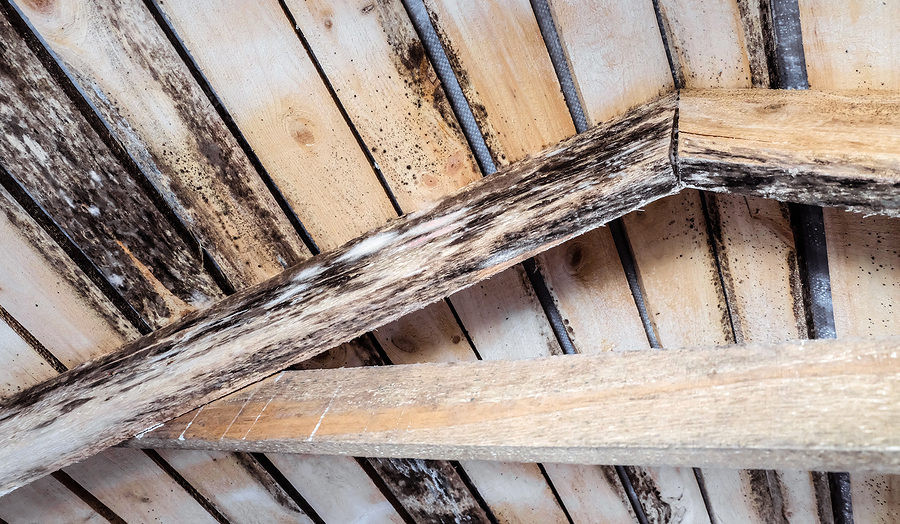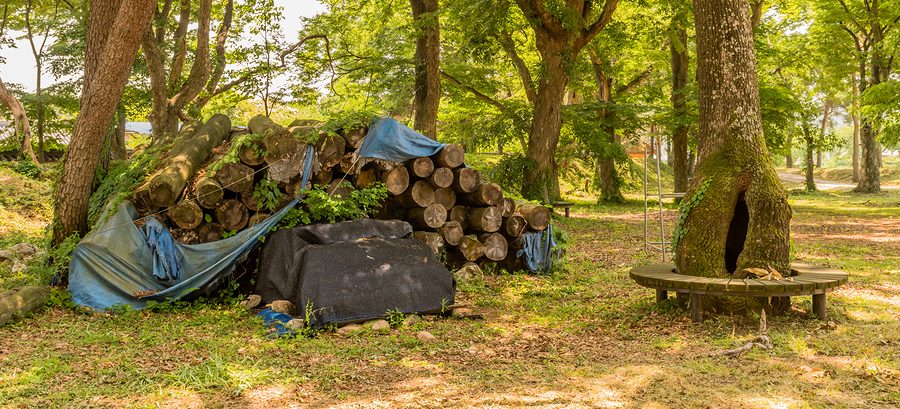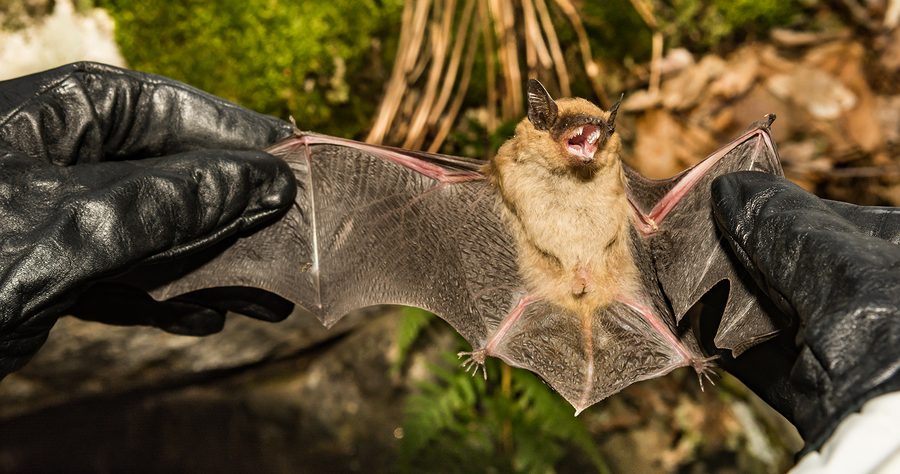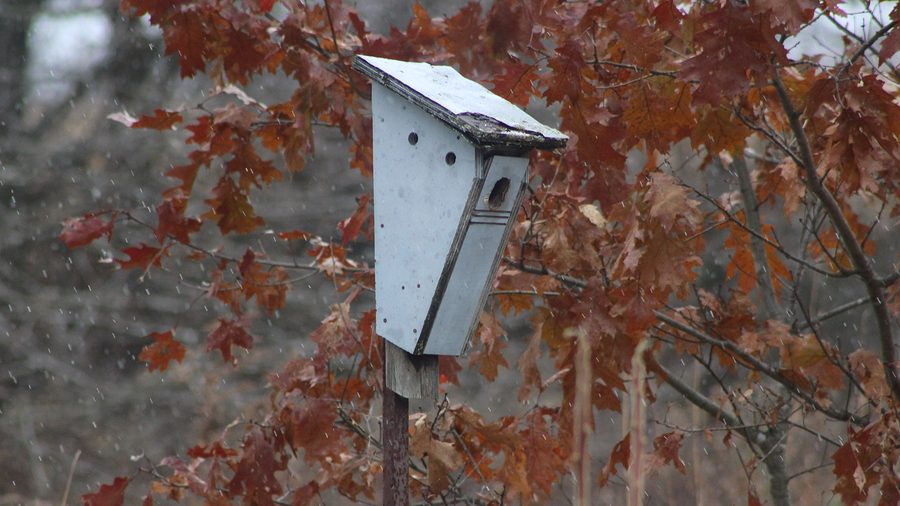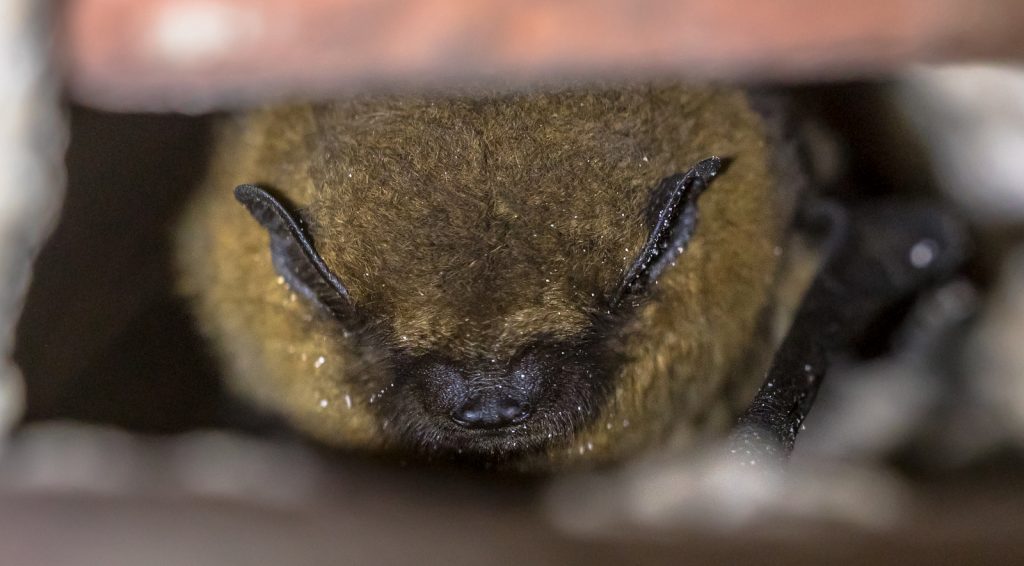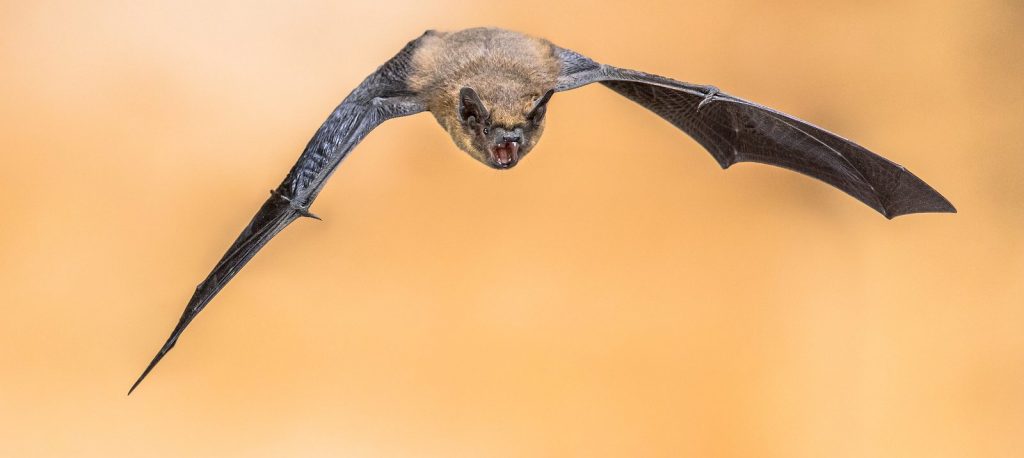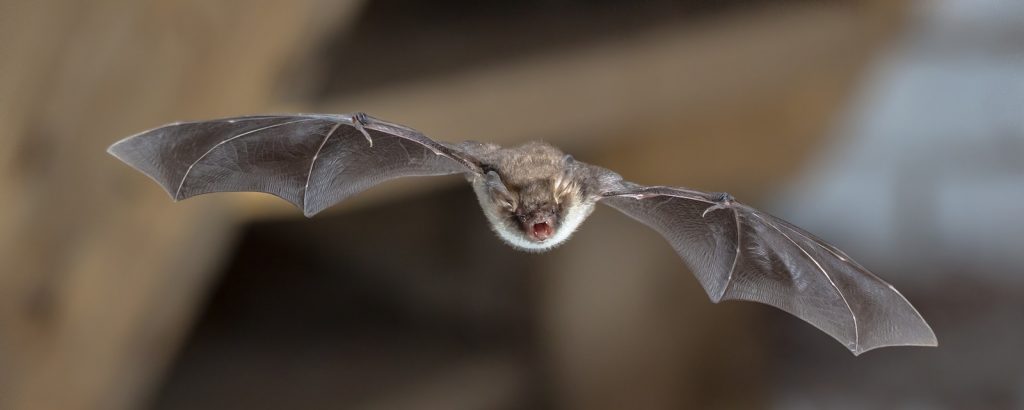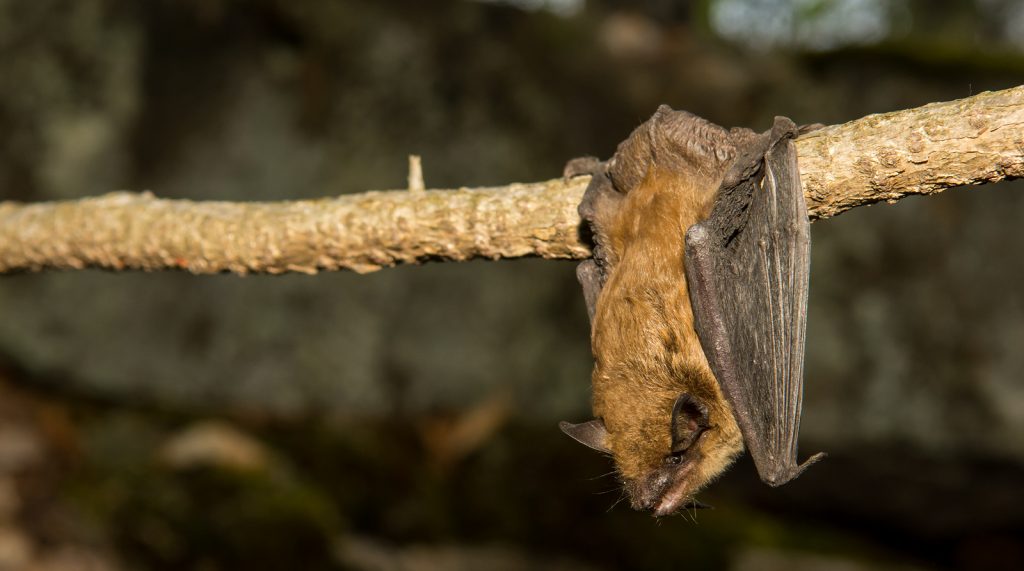If you suspect you may have a colony of bats living inside your building or around our property, it is important to act fast. The longer bats reside within your property, the more damage will result, including health and safety threats. But keep in mind, bat removal is not a DIY job under any circumstances. It is vital to leave bat control duties in the hands of a trained professional, not just for safety, but also for legalities, home warranties, and much more. So, how do you know which company to trust for the job?
Continue reading to learn what you can do to ensure you are hiring a trusted and dependable company for bat removal and control services in your town.

Qualities to Look for in a Bat Control Company
There are certain qualities to consider when searching for a dependable and honest bat removal and control company in your town, including credentials, amenities, and of course, local reputation. Such qualities can be an excellent indication of the integrity and reliability of the business.
First, a dependable and trustworthy bat exclusion company should be licensed and insured, including a DNR licensed which is granted through the Department of Natural Resources. This indicates they are true, industry professionals.
The next quality to look for is experience. Be sure to inquire about a company or contractor’s experience in the field. There are many things to learn about wildlife exclusion, and choosing a company that has been doing bat removal for decades will certainly know what they are doing. A novice might make some rookie mistakes that cost you in the end.
Next, consider asking about their fleet equipment and methods they use to execute their services. It is important to know what kind of machines and tools will be used inside your home, as well as, how equipped they are to even do the job correctly. This is information you have every right to know before giving your money away.
A great quality to explore in a bat exclusion company is references. Any professional company should have multiple references, testimonials, fan pages, or other sources of customer reviews to prove their merit. Be sure to investigate all these avenues before deciding on a company to trust.
Louisville Bat Removal and Control You Can Trust
Call 502-553-7622 to request a free estimate for Louisville bat removal services, today. We offer a wide range of safe and humane bat removal and control services for both residential and commercial properties within Central Kentucky, at the most competitive prices in town. That means you can get affordable bat removal and control you can trust. It was over 30 years of experience under our belts, you can feel confident in our results.


